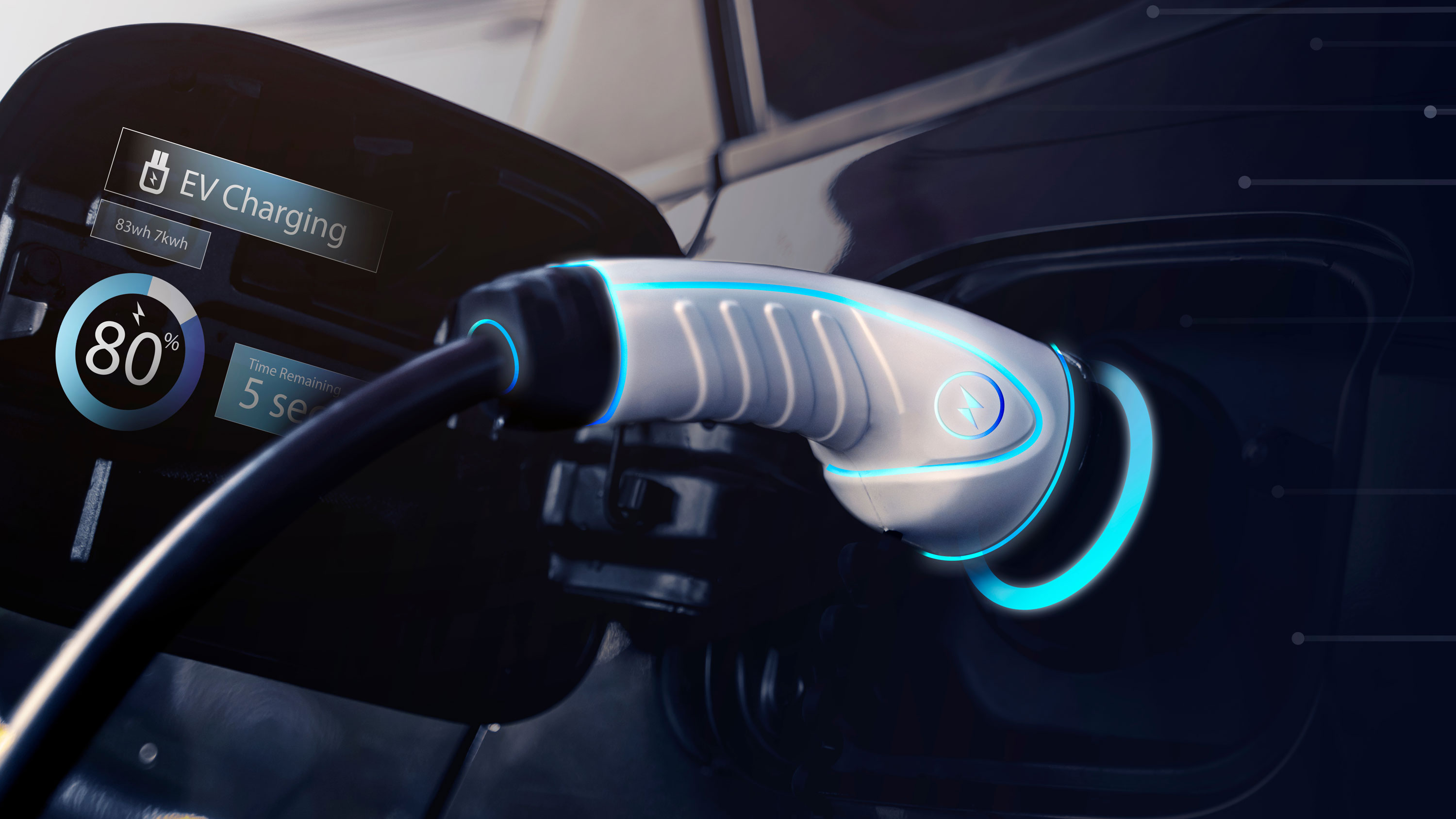In a bid to encourage the adoption of electric cars in the UK, the government offers a grant to help reduce the price of a wide range of new EVs. Its official title is the Plug-in Car Grant, or the PiCG.
The headline figure is a saving of £2,500 from the initial recommended retail price (as of July 2021). But there are various restrictions on how the grant is applied, and it isn't available on all new electric vehicles. It is also no longer available on hybrid vehicles.
Living in the UK and in the market for a new electric car? Want to know how to save £2,500 on the cost of that car? Read on to find out exactly how the government plug-in car grant works.
- EV charging connectors: what they are and how they compare
- Everything we know about the Apple Car
- Tesla Model S vs Tesla Model 3: which Tesla sedan should you buy?
How much is the UK plug-in car grant?
Yes, we know we've already said the grant is £2,500, but it used to be more and it could change again in the future.
The PiCG was introduced in 2011 and has so far saved motorists over £1bn. It began as a £5,000 discount on new electric and plug-in hybrid cars costing up to £50,000. It was reduced to £4,500 in 2016, then to £3,500 in 2018.
In early 2020, the grant was cut further still, to £3,000, and in March 2021 it fell by a further £500 to its current level of £2,500.
That month also saw a reduction in the price of eligible vehicles from £50,000 to £35,000, meaning the grant is no longer available on the hugely popular Tesla Model 3. The grant could be reduced again in 2022, potentially to £2,000, but this is purely speculative for now.

Which cars are eligible for the UK plug-in car grant?
The UK government offers a range of grants to help encourage the purchase of new electric vehicles, including cars, motorcycles, mopeds, vans, taxis, trucks and home chargers.
We'll be sticking with cars for this article. More specifically, the grant now only applies to fully electric cars, as hybrids are no longer eligible.
A £2,500 discount is available on cars that have an initial RRP of less than £35,000 including VAT and delivery fees. This is the price of the car before any optional extras are added. You can add as many of these as you like, but the grant will remain at £2,500.
To be eligible for the £2,500 discount, the car must emit fewer than 50 grams of carbon dioxide (CO2) per kilometre, and be able to drive at least 70 miles without producing any emissions. In other words, it has to have an electric range of at least that distance to be eligible.
No hybrid priced below £35,000 can currently travel 70 miles on battery power alone, but if one arrives in the future then it should qualify for the grant.
A hydrogen-powered car would theoretically be eligible for the grant, but currently these cars are too expensive (at around £60,000) to qualify.
EVs that do qualify include the Fiat 500e, Honda e, Kia e-Niro, Mini Electric, Renault Zoe and Volkswagen ID.3. You can find a full list of eligible vehicles on the government website.
The grant only applies to new vehicles and is not available on used cars. This could mean a brand-new EV with the grant applied could cost just slightly more than a nearly-new electric car.
How to apply for the government plug-in car grant
This is the easy part! There is no paperwork for the buyer to complete, and you don't need to pay full price for the car before receiving a £2,500 rebate.
Instead, the dealer or manufacturer selling the new vehicle does the paperwork for you, applying for the grant and factoring the £2,500 discount into the final price you pay for the vehicle.
from TechRadar - All the latest technology news https://ift.tt/3yjrjKv


0 Comments